
The Ministry of Construction proposes the roadmap for applying emission levels for automobiles in circulation in Vietnam as follows: Inner city areas of centrally-run cities: From January 1, 2026, apply level 3; from January 1, 2028, apply level 4; from January 1, 2030, apply level 5.
According to the latest comments on the draft Decision of the Prime Minister regulating the roadmap for applying QCVN emission standards for automobiles circulating in Vietnam, the Ministry of Construction proposed to study the removal of the emission standards for automobiles registered with license plates of Hanoi and Ho Chi Minh City currently stipulated in Clause 3, Clause 4, Article 4 of the draft Decision.
Regulate regional emission levels and have a roadmap for implementation
At the same time, add 1 Article in the direction of regulating emission levels by region and having a roadmap for application over time so that vehicles with high emission standards (low emissions) can circulate in areas with high population density such as Hanoi, Ho Chi Minh City and move vehicles with low emission standards (high emissions) to operate in areas with low population density.
From there, it is possible to avoid the unreasonable situation where low emission vehicles (level 4, level 5) are eliminated if they do not meet the prescribed emission levels, while high emission vehicles (level 1, level 2) are still allowed to circulate.
Because according to the review, with the current proposal in the draft Decision, the Ministry of Construction said that by January 1, 2026, a certain number of vehicles manufactured since 2017 will not be allowed to circulate nationally because they do not meet level 3 emission standards, a number of vehicles manufactured since 2022 will not be allowed to circulate nationally because they do not meet level 4 emission standards, and by January 1, 2028, a number of vehicles manufactured from 2022 onwards will not be allowed to circulate nationally because they do not meet level 5. Meanwhile, vehicles with previous years of manufacture will still be allowed to circulate because they are subject to lower emission standards (level 1, level 2).
For the above reasons, the Ministry of Construction proposes the roadmap for applying emission levels for automobiles in circulation in Vietnam as follows: Inner city areas of centrally-run cities: From January 1, 2026, apply level 3; from January 1, 2028, apply level 4; from January 1, 2030, apply level 5.
Suburban areas of centrally-run cities: From January 1, 2026, level 2 will be applied; from January 1, 2028, level 3 will be applied; from January 1, 2030, level 4 will be applied.
The remaining areas apply as follows: Level 1 applies to vehicles manufactured before 1999; level 2 applies to vehicles manufactured from 1999 onwards from the effective date of this Decision. From January 1, 2028, level 2 applies.
Regarding this content, in the report on receiving comments, the Ministry of Agriculture and Environment proposed to retain the regulations on emission requirements for cars participating in traffic in Hanoi and Ho Chi Minh City. In addition, amend and supplement the regulations: From January 1, 2030, cars participating in traffic in Hanoi and Ho Chi Minh City must meet the emission regulations from level 2 or higher.
It takes time to prepare.
In the petition, the Ministry of Construction also proposed to amend the Decision to take effect from January 1, 2026. The reason is to give management agencies time to develop, supplement and amend relevant legal documents (supplement and amend the National Technical Regulation on motor vehicle inspection, Circular stipulating the order and procedures for inspection, exemption from first inspection for motor vehicles and specialized motorbikes; order and procedures for certification of technical safety and environmental protection for converted motor vehicles and modified specialized bicycles; order and procedures for inspection of exhaust emissions of motorbikes and motorbikes, etc.).
On the other hand, people also have time to prepare for repairs, maintenance, and conversion of vehicles to comply with the roadmap for applying emission standards for cars in circulation.
Inspection agencies have time to prepare equipment, human resources; infrastructure, traffic organization, etc.; Organize communication and raise awareness and understanding for people before applying this regulation.
In addition, it takes time for management agencies to develop policies to support people in converting vehicles in line with the decision's emission roadmap.
Regarding this content, the Ministry of Agriculture and Environment said that it had accepted and revised the Decision to take effect from the date of signing at least 45 days according to the provisions of the Law on Promulgation of Legal Documents. Thus, the effective date is similar to the date of comments from the Ministry of Construction.
Phan Trang
Source: https://baochinhphu.vn/de-xuat-ap-tieu-chuan-khi-thai-o-to-luu-hanh-theo-khu-vuc-102250704123502031.htm








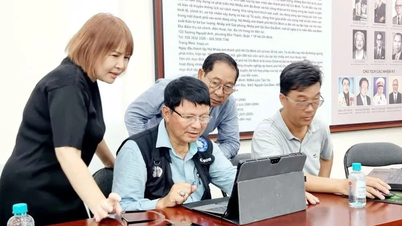







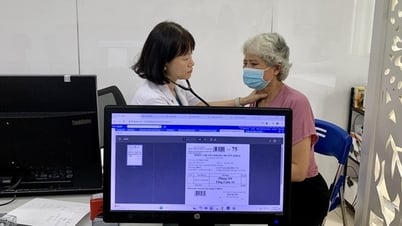







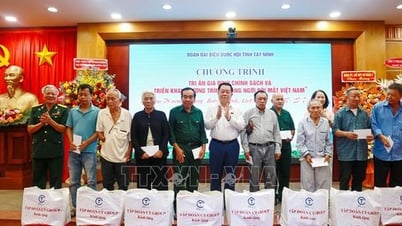








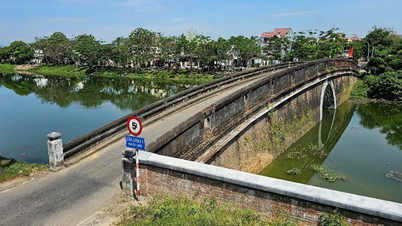








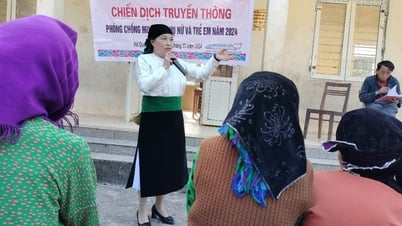








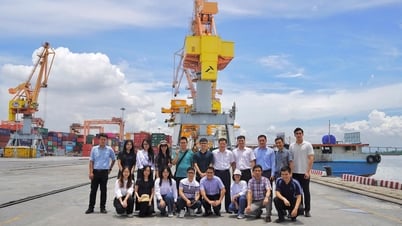



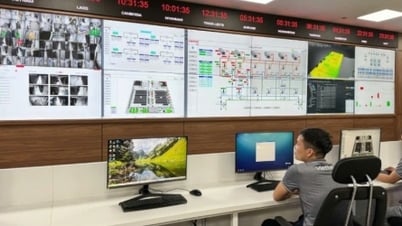





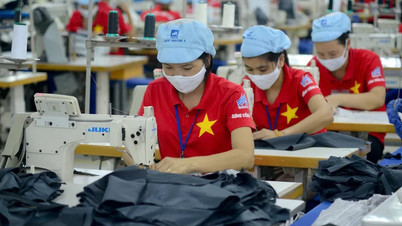





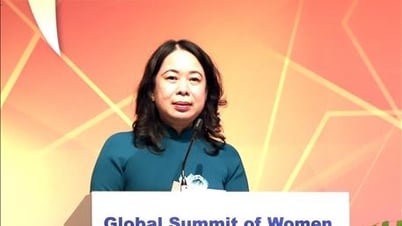











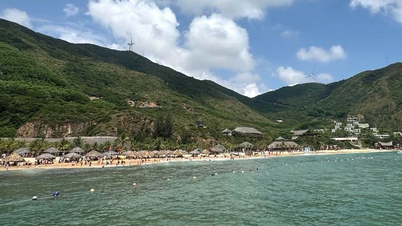



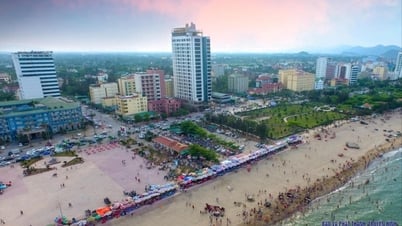



![[OCOP REVIEW] Bay Quyen sticky rice cake: A hometown specialty that has reached new heights thanks to its brand reputation](https://vphoto.vietnam.vn/thumb/402x226/vietnam/resource/IMAGE/2025/7/3/1a7e35c028bf46199ee1ec6b3ba0069e)





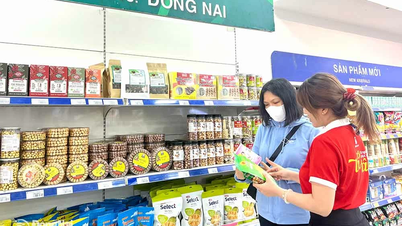





Comment (0)